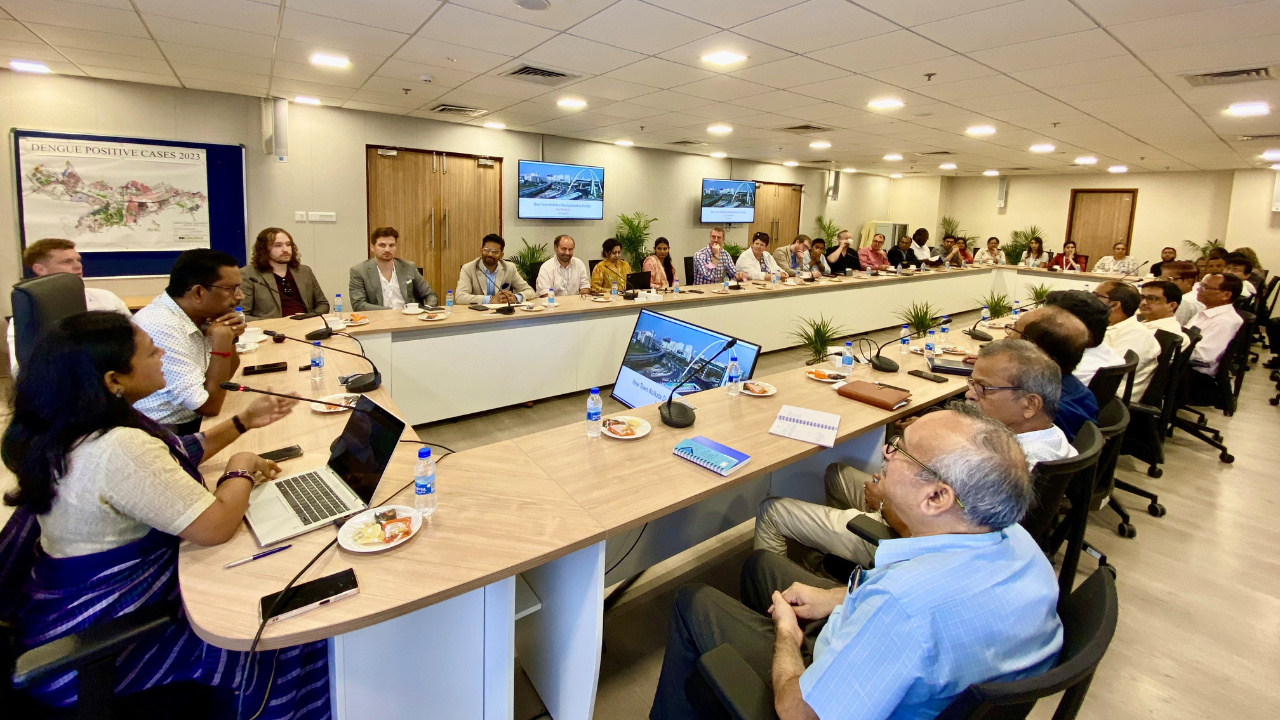The final form of the meta-universe has yet to be determined. Supporting this journey requires a massive amount of digital content that cannot be accomplished through manual design and development. AIGC can solve this problem because games are the first application to be implemented in the meta-universe. Both meta-universe and games have a common point: to offer users a high level of realism and an immersive experience. AIGC can greatly improve game development efficiency.
AIGC stands for Artificial Intelligence Generated Content, which refers to the production of content through artificial intelligence technologies. With the advent of 5G broadband networks, people increasingly desire more visually expressive digital content. The traditional efficiency of digital content production has become a bottleneck in the new era. AIGC is an exploration hotspot and has attracted great industry demand, opening a new growth point for artificial intelligence technology.
Demand for content has continued to grow, evolving from Web 1.0’s unidirectional “read-only” mode of information transmission to Web 2.0’s interactive communication mode, where people can interact with each other over the network. To meet this demand and due to the development of the Internet, the content production has gone through the process of PGC – UGC – AIGC.
Platforms like Youtube, Instagram, Tiktok, Nightcafe and Picas.ai have a large amount of content created by UGC creators. As we enter the Web 3.0 era, the comprehensive connection between human and machine networks is formed by artificial intelligence, related data and the construction of semantic networks. The demand for content consumption is increasing rapidly, and content generation methods such as UGC/PGC will struggle to meet the growing demand. AIGC (AI Generated Content), which is automatically produced and efficient, is generated by AI. With the maturity of the NLG and AI models of natural language generation technology, AIGC has gradually attracted attention. Mixed elements can currently automatically generate text, images, audio, video, 3D models and even code. The advent of AIGC has greatly fueled the development of the Metaverse, where a large amount of native digital content needs to be created using AI.
Mixed Elements uses artificial intelligence to learn knowledge maps and generate content automatically, either to support humans or to generate content entirely by AI. It can not only help improve the efficiency of content production, but also increase the variety of content. At the same time, Mixed Elements believes that the development space of AI-generated content technology is undoubtedly very wide. According to the forecast, only 10% to 30% of the world’s images will be generated or supported by AI in the next five years, and the corresponding market size will exceed $60 billion. By 2030, the size of the AIGC market could exceed trillions.
Training AIGC models requires a lot of data and high computational power, resulting in huge costs. Mixed Elements runs a cluster of up to Nvidia A100 GPUs on AWS, which incurs a lot of operational costs. If tokens can be issued in a decentralized way to motivate users to provide data needed for training models, the copyright problem of AIGC generation can be well solved. In addition, Mixed Elements believes that issuance of tokens can motivate users to commit the massive computational power needed to train models, spread the cost of computational power, achieve cost-sharing and benefit-sharing.
In summary, the development of mixed elements in the AIGC track can be divided into three phases: assistance, collaboration and original phase. In the future, Picas.ai will subvert the existing content production mode, and AI original content can be generated at a tenth of the cost and hundreds or thousands of times faster. This means creators are freed from tedious groundwork and can devote more energy to creative expression. This is the general trend of the content creation industry and even human way of working in the future.




























